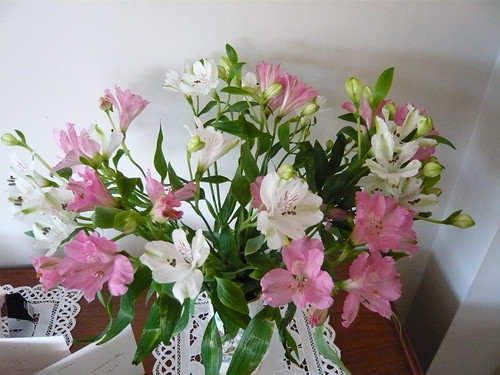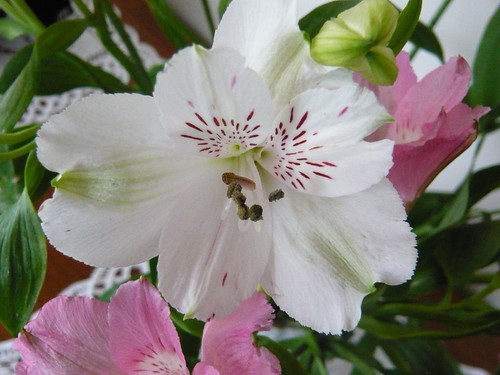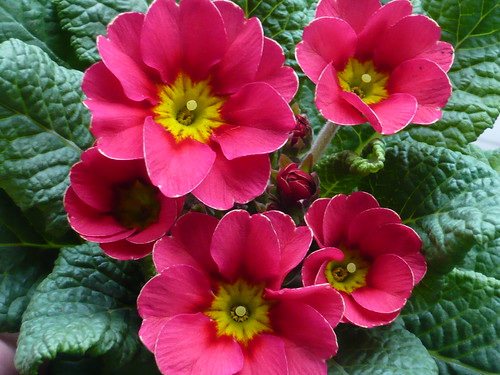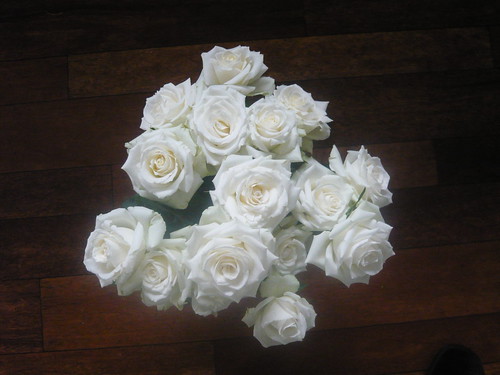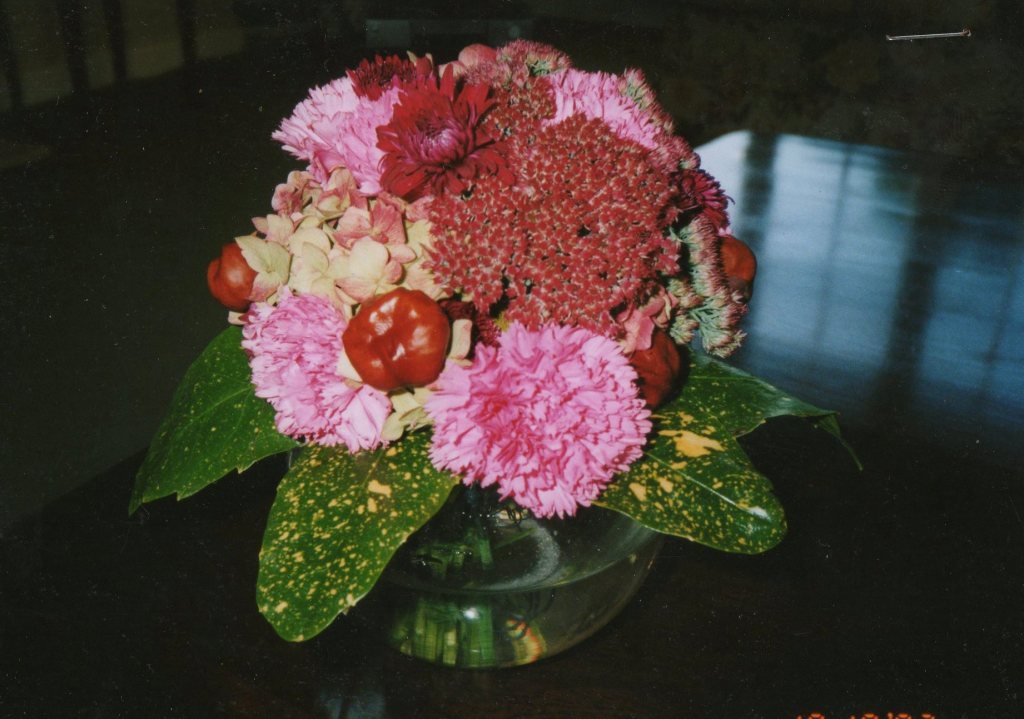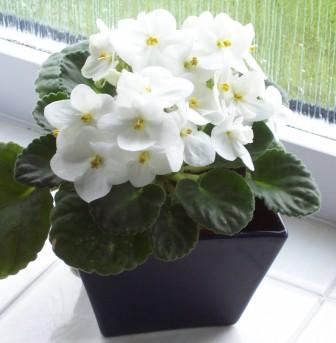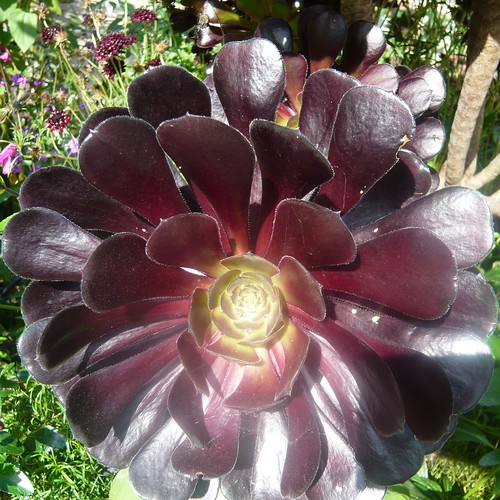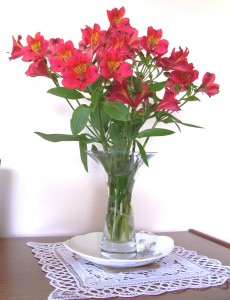Get Flowers For Mother’s and Wives
Alstromeria are one of the longest lived cut flowers I know. Several weeks of flowering are possible if the bunch is bought with colour just showing. Ensure there is plenty of bud and you will be delighted.
Mixed bunches can look exceptional but it is harder to cater for each type of flower in the bunch. Within a couple of days the tulips in this bunch had grown taller than the flowers they were arranged with. Tulips do tend to elongate as they mature.
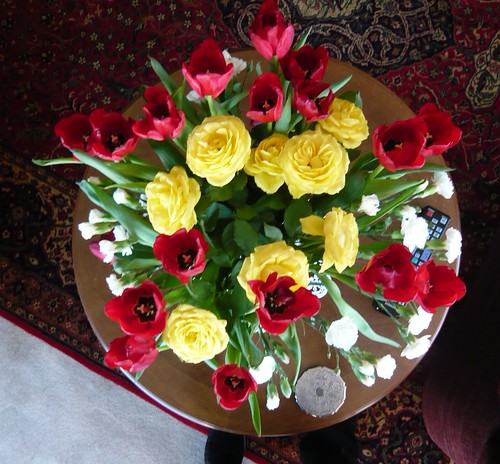
Daffodils are a seasonal must and this year is no different. Whilst these flowers were picked from the garden on mother’s day the photographs show who should have been thinking of mother.
Remember to keep daffodils in a separate vase as the sap can poison other flowers and encourage them to deteriorate rapidly.
Carnations give Alstromeria a run for their money when it comes to longevity. The small flowered perpetuals are going to last at least 15 days and potentially far longer. The water will be changed and the bunch rearranged with a bit snipped off the end of the stalks every 5-7 days.
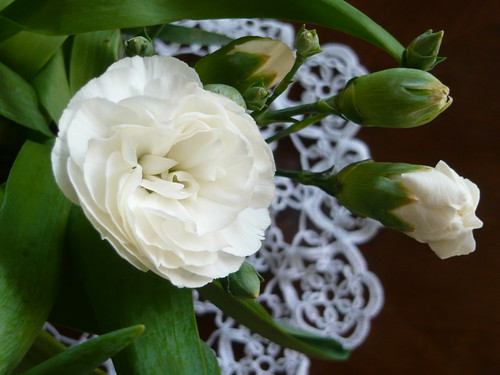
Do a Selfie and Treat Yourself
Treat yourself now and regularly, you do not need a special occasion for a floral uplift. Spring is a time to be cheerful and there are many houseplants that can provide good value.
Primroses and primulas can last a couple of weeks in the house as long as you give them light and water.They also come in a bigger variety of shades, stripes and colours or you can pot up a plant from the garden.
Shops and garden centers are selling pot grown bulbs that are just about to flower. They are often crammed into a small pot but you can arrange them into your own display for visual effect.
This striped version caught my eye and had me digging in my purse for my own plant. After sometime in the house I will plant it out in a damp semi-shaded area and hope for the best next year.
primroses often have a growth spurt in autumn after dying back a bit after flowering.

